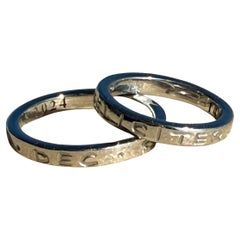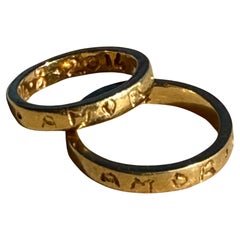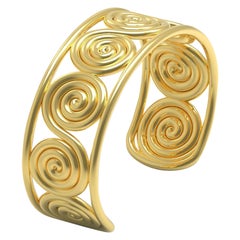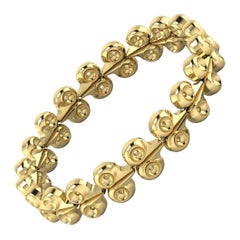Informationen zu Romae Jewelry
Die Boutique-Kollektion ROMAE wurde von einem Team aus klassischen Archäologen und Künstlern entworfen, die in den letzten 20 Jahren in Rom, Italien, gelebt und gearbeitet haben. Die Schmuckstücke von ROMAE sind von antiken Vorbildern inspiriert, die bei archäologischen Ausgrabungen in den Ländern gefunden wurden, die einst zum Römischen Imperium gehörten. Jedes Stück wird mit viel Liebe und Sorgfalt gefertigt und soll die Eleganz und die ewige Anziehungskraft des Originals widerspiegeln. Mit unseren eigenen Entwürfen freuen wir uns, antiken römischen Schmuck wieder aktu...Mehr lesen

Gründungsjahr 20201stDibs-Anbieter*in seit 2021
Ausgewählte Stücke
2010er, Italienisch, Klassisch-römisch, Eheringe
Gold, Weißgold, Gelbgold, 18-Karat-Gold
2010er, Italienisch, Eheringe
Gold, 14-Karat-Gold, Weißgold, Gelbgold
2010er, Italienisch, Klassisch-römisch, Armspangen
Gold, 22-Karat-Gold, Gelbgold
2010er, Europäisch, Klassisch-griechisch, Gliederarmbänder
Gold, 18-Karat-Gold, Gelbgold
Antik, 15. Jahrhundert und früher, Italienisch, Klassisch-römisch, Tropf...
18-Karat-Gold, Gelbgold
Antik, 15. Jahrhundert und früher, Italienisch, Klassisch-römisch, Ohrhä...
18-Karat-Gold, Gelbgold, Gold
21. Jahrhundert und zeitgenössisch, Italienisch, Zeitgenössisch, Moderinge
24-Karat-Gold, Gelbgold
Antik, 15. Jahrhundert und früher, Italienisch, Klassisch-römisch, Moder...
Gelbgold, Gold, 18-Karat-Gold
Antik, 15. Jahrhundert und früher, Italienisch, Klassisch-römisch, Siege...
Gold, 18-Karat-Gold, Gelbgold
Antik, 15. Jahrhundert und früher, Italienisch, Klassisch-römisch, Siege...
Gold, 22-Karat-Gold, Gelbgold
Antik, 15. Jahrhundert und früher, Italienisch, Klassisch-griechisch, Ha...
Gold, 22-Karat-Gold, Gelbgold
Antik, 15. Jahrhundert und früher, Europäisch, Klassisch-griechisch, Gli...
Gold, 18-Karat-Gold, Gelbgold
Mehr über Romae Jewelry
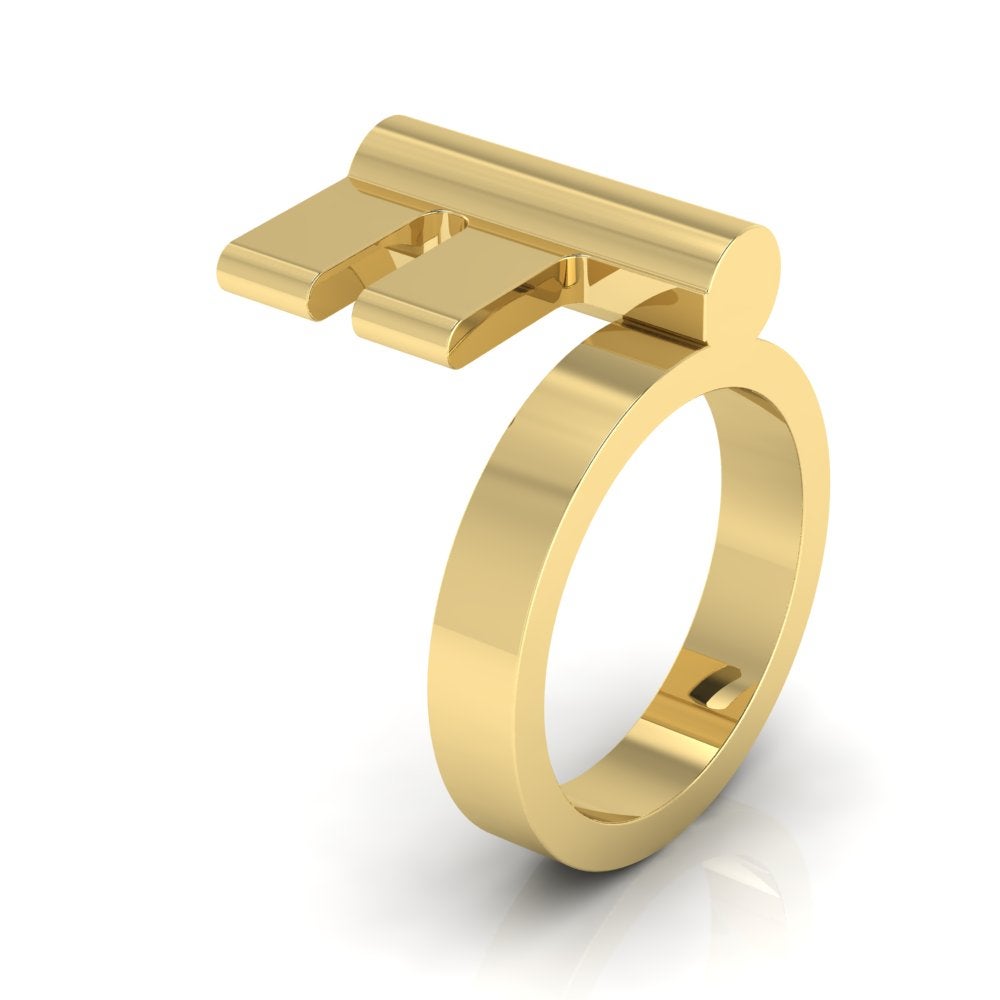
Our striking "Securitas" ring, based on an ancient Roman key ring dating to between the first and third centuries AD.
Our stately "Nimrud" cufflinks, which have a long tradition going back to the ancient Near East! The floral motif is seen on a cuff bracelet adorning male figures in the very famous alabaster relief images from the palace at Nimrud, which date to c. 880 BC.
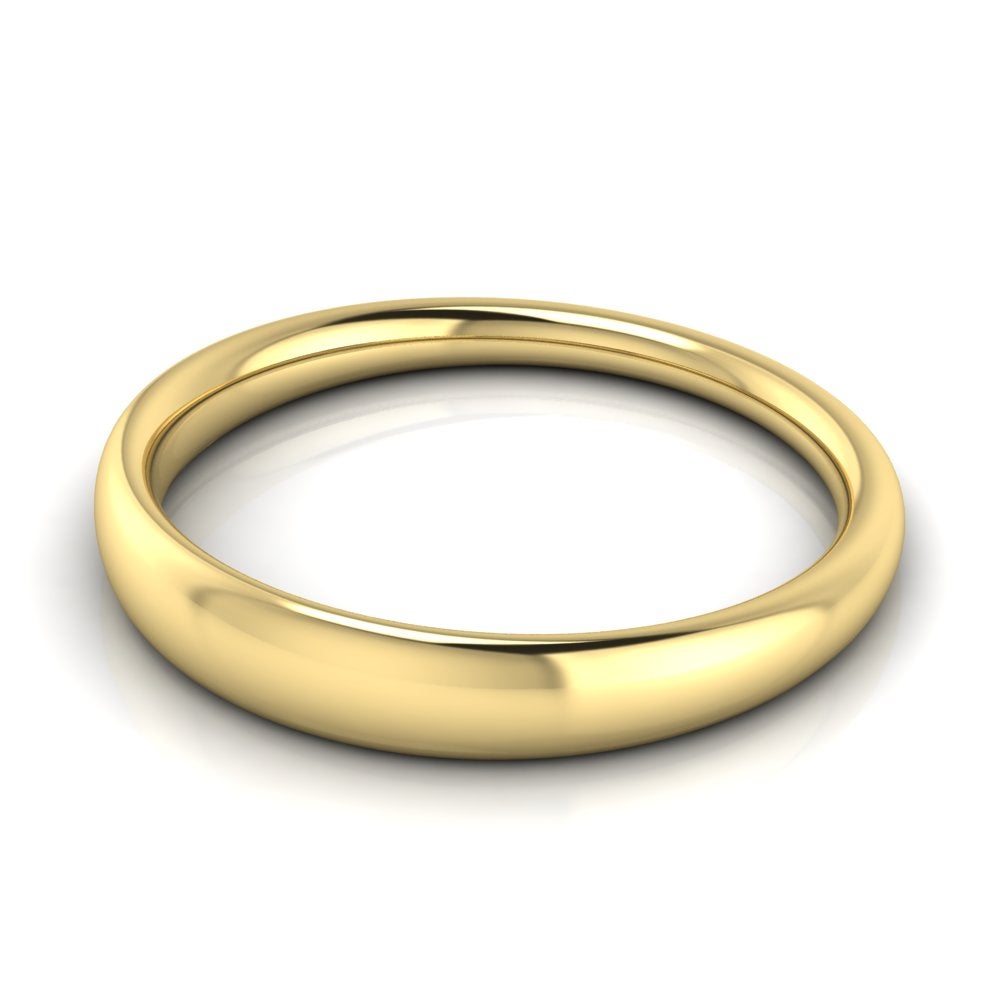
Our "Fortuna" bracelet, solid luxury, inspired by an example found in the excavations of the ancient Roman villa at Oplontis, in the Bay of Naples, and dating to before AD 79.

Love as an unbreakable bond - this is the message of our signature "Amor" ring, based on a gorgeous Hellenistic Greek example dating to the third century BC.
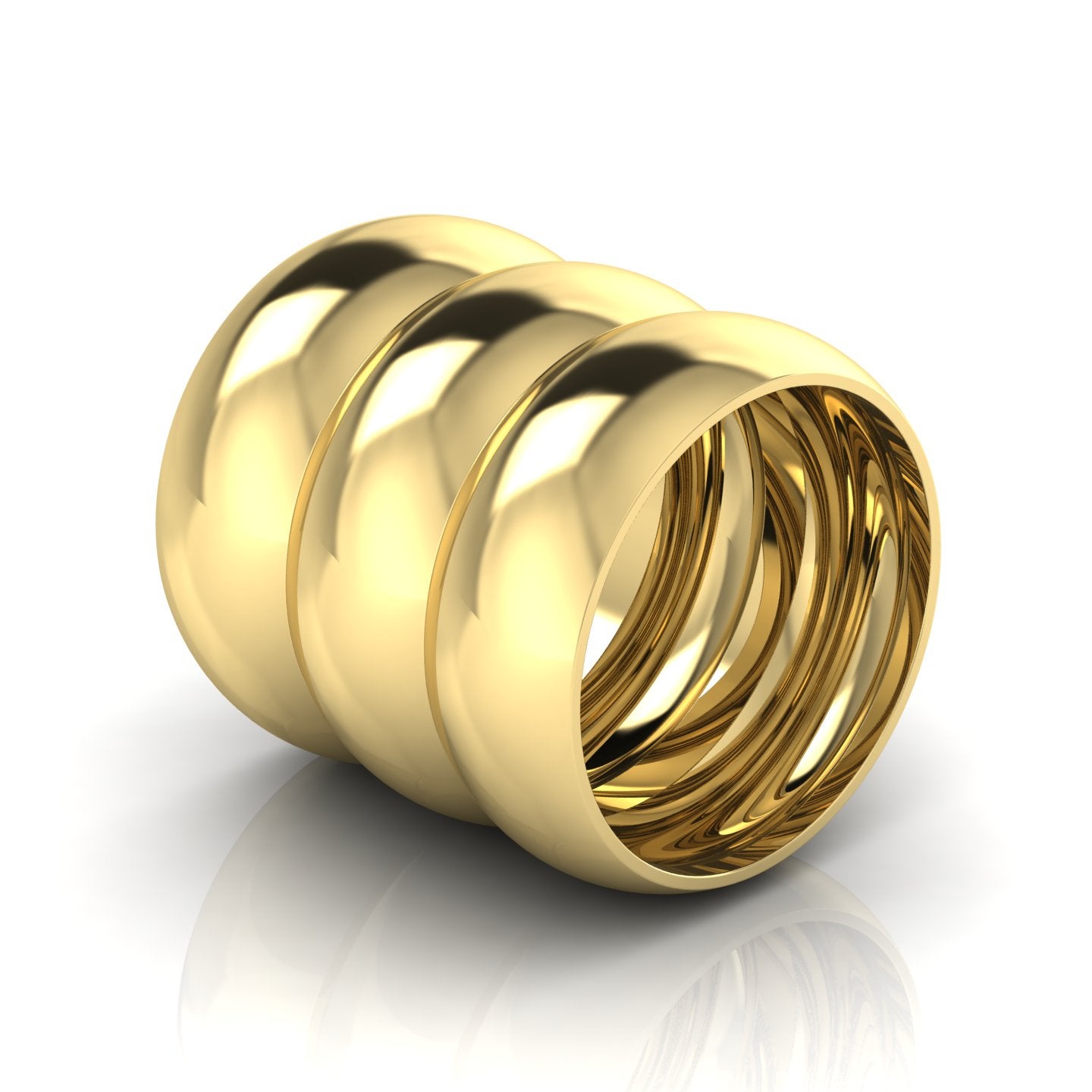
Our lavish "Luxus" ring is a statement of luxury, and is modeled after an original from Cyprus dating to the sixth century BC.
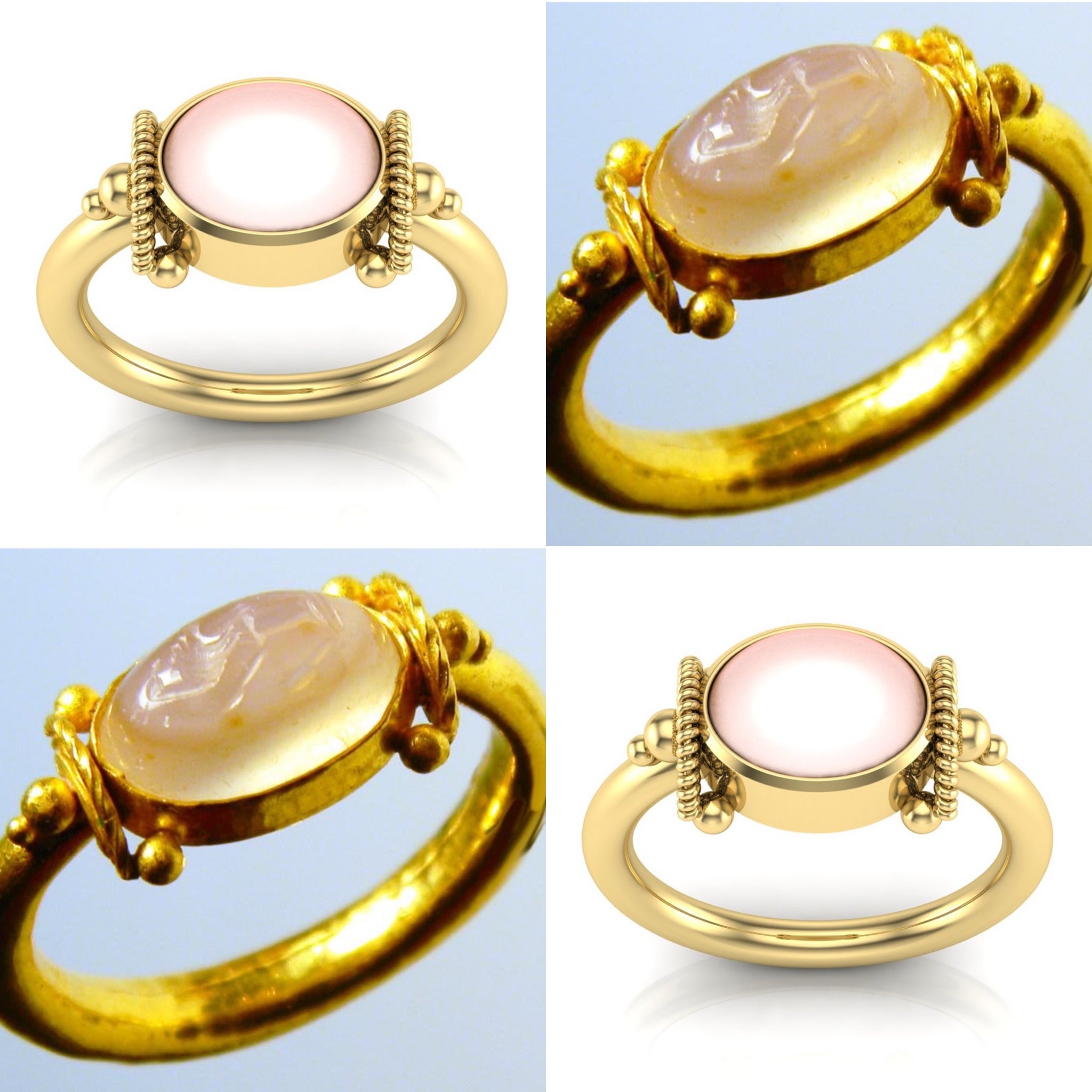
Our "Vasilki" ring is based on an ancient gold example with an engraved white quartz stone, which dates to the first century AD. "Vasiliki" is a modern Greek name meaning "queen," or "royal." It is derived from the ancient Greek word "basileus" (βασιλεύς), or "king."
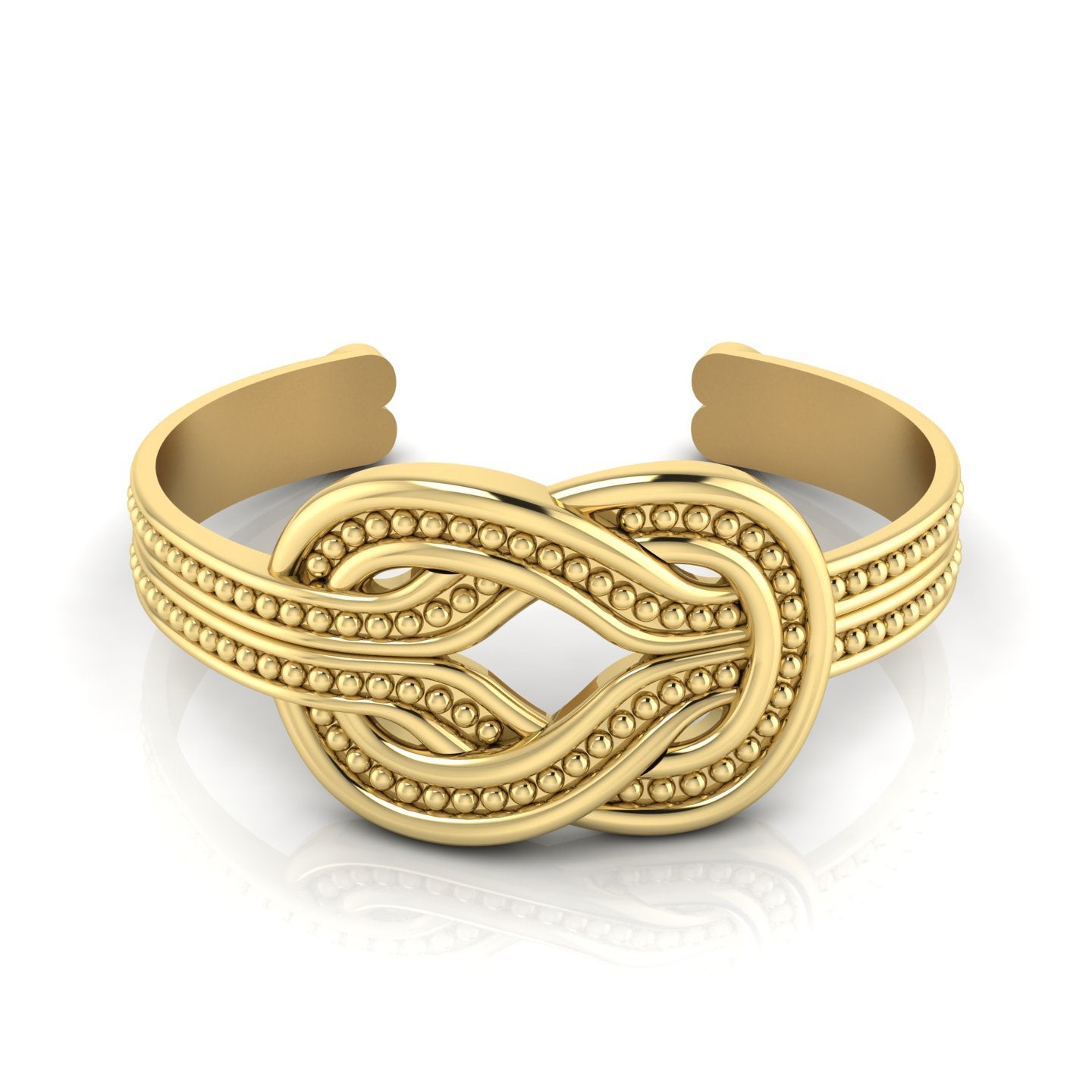
Our gorgeous "Firmitas" cuff bracelet depicts the "Hercules knot," and is modeled after the ornate clasp of a second century AD Roman bracelet. The Hercules knot originated in the ancient world. As a knot that would tighten and thus become even more stable when pulled, it quickly became a symbol for a strong bond, and thus a symbol for love and commitment. It is the origin of the phrase "tying the knot" when referring to marriage!
Our delicate and provocative "Zephyrus" pendant is based on a seventh century BC example from Lyktos, Crete.
The astounding design of this brooch comes from the fifth century BC temple of Athena Parthenos, the Parthenon, in Athens, Greece. The Parthenon's external ornamentation included gorgeous, elaborate three-meter tall marble akroteria in the form of acanthus plant stalks and tendrils that graced the apex of the roof above the pediment in both the front and the back of the building.
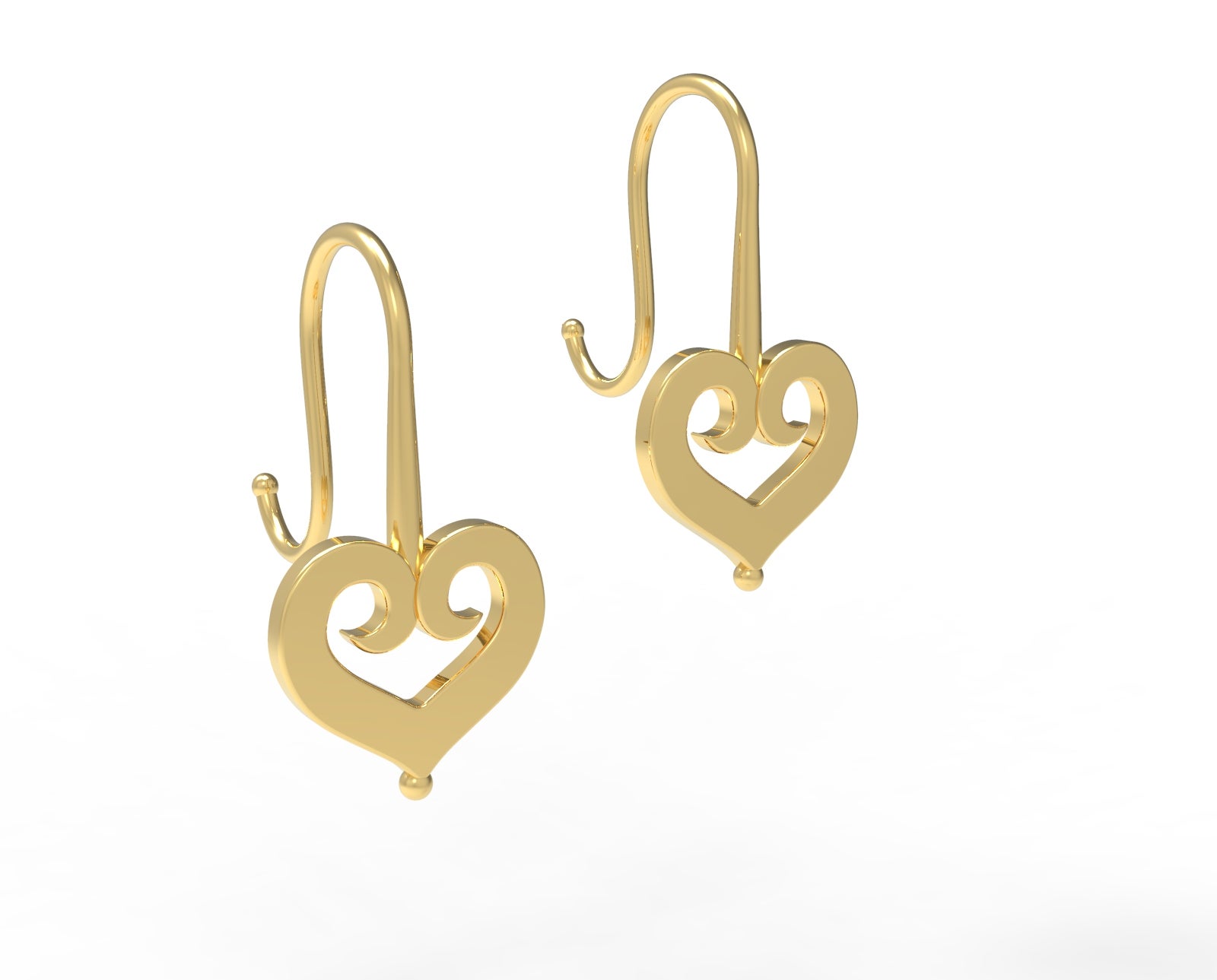
Our darling "Octavia" earrings are delicate and sweet, and have a design that is so current! In fact, the pair is modeled after an ancient Roman example. The design on the front was a very popular motif in Roman art, and while it appears to depict a heart, it was, in fact, a full and beautiful ivy leaf. As one of the attributes of the god Dionysus, ivy was a powerful symbol associated with eternal happiness.

